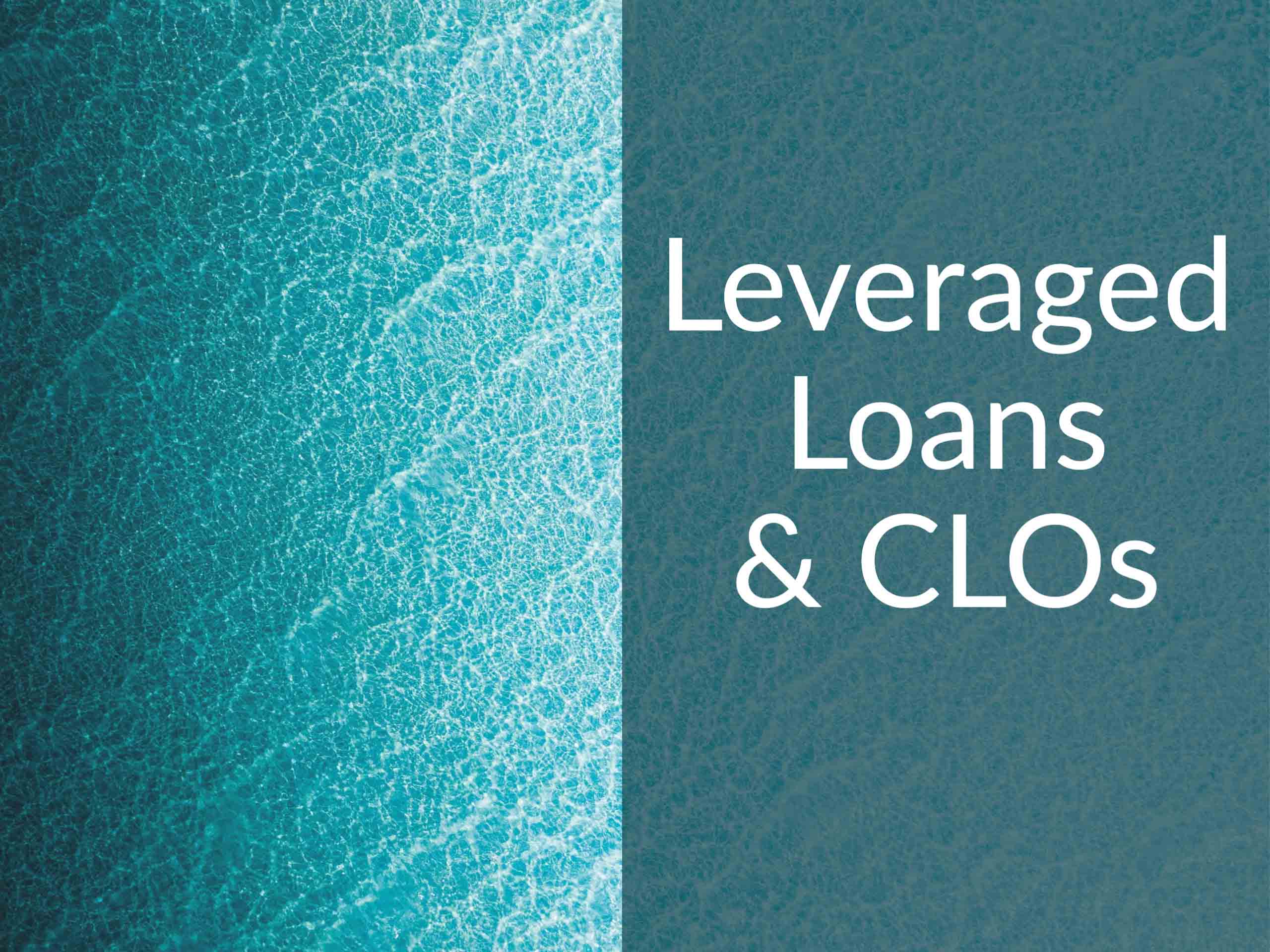How leveraged loans and CLOs work and how to invest in them. What are the risks and opportunities with the new CLO ETFs.

Topics covered include:
- What are the characteristics of leveraged loans and how David has invested in them in the past, both professionally and personally.
- Why LIBOR reference rate for leveraged loans is being phased out
- What is the current investing climate for leveraged loans
- How collateralized loan obligation work
- Why insurance companies are fighting over CLOs
- What are the different ways to invest in CLOs
Show Notes
Libor: The Spider Network—The Wall Street Journal
Investing In The Middle: Tapping Into Opportunities in Middle Market Lending—AllianceBernstein
Top 10 US CLO Managers: CLO AUM (30 Nov 2022)—CLO Research
Monthly US CLO Index – December 2022—Fitch Ratings
Investments Mentioned
Virtus Seix Floating Rate Income Fund (SAMBX)
Virtus Seix Senior Loan ETF (SEIX)
Invesco Senior Loan ETF (BKLN)
DoubleLine Flexible Income Fund (DFLEX)
BlackRock Debt Strategies Fund (DSU)
BlackRock AAA CLO ETF (CLOA)
iShares Treasury Floating Rate Bond ETF (TFLO)
Janus AAA CLO ETF (JAAA)
Janus B-BBB CLO ETF (JBB)
VanEck CLO ETF (CLOI)
Eaglepoint Credit Company (ECC)
Oxford Lane Capital Corp (OXLC)
Episode Sponsors
Use this link to post your job for free on LinkedIn Jobs.
NetSuite – the leading integrated cloud business software suite
Related Content
206: Be Bear Aware of Bank Loans
Guide: What Is Risk vs Uncertainty?
Transcript
Welcome to Money for the Rest of Us. This is a personal finance show on money, how it works, how to invest it, and how to live without worrying about it. I’m your host, David Stein. Today’s episode, 423. It’s titled A safe 6% yield? The case for investment-grade CLOs.
What Are Leveraged Loans?
About five years ago in episode 205, we discussed a rather obscure asset class that goes by multiple names. The names include leveraged loans, syndicated bank loans, floating rate loans, or senior loans. These are loans issued by banks to non-investment-grade companies, and those loans are then sold or syndicated into the market.
Buying and selling of these loans is not as smooth as it is to purchase a stock. The settlement time for a transaction to go through can be upwards of 20 days, compared to two days for most securities.
Leveraged loans are called senior loans because they have to be paid before any other debt that the company may have on its balance sheet. Another advantage of these leveraged loans is they’re variable rate loans. They pay an interest rate that is tied to short-term interest rates. They pay more, there’s a spread above the short-term base rate that is used to calculate the yield, but because it’s variable rate, there is no interest rate risk. These loans don’t go down in price when interest rates increase.
Leveraged loans do have risk; there’s default risk because again, these are non-investment grade. These are not the most stellar credits, and so it’s often helpful to have an active manager selecting which of these bank loans to purchase. Another risk with leveraged loans is not just defaults, but when the risk of default is increasing, the price of these loans can fall, and that can lead to unrealized losses on the exposure to bank loans.
Back in episode 205, and again in episode 305, we discussed the largest buyer of leveraged loans. These are CLO managers. CLO stands for collateralized loan obligation. We’ll go into more detail in this episode, how CLOs work.
Four years ago there weren’t many vehicles to invest in CLOs. There were a few closed-end funds, but there definitely were not ETFs. Now there are a number of lower-fee ETFs that allow investors to get exposure to CLOs with some attractive characteristics of CLOs that we’ll discuss in this episode.
Leveraged Loan Market Overview
First, though, let’s take a look at the leveraged loan market overall.
In the US, total corporate business debt is around $12.6 trillion according to the Federal Reserve. About 2 trillion of that 12 trillion is bank lending, and this would typically be lines of credit that a company would access through the bank. Or it could be some other type of loan; it could be for an investment-grade company, but these are loans that are not sold or syndicated.
The leveraged loan component overall in the US is about $1.3 trillion, and then the other element would be bonds, which is debt issued directly by the company, as well as commercial paper, which is very short-term debt issued by the company.
So bonds and commercial paper, about 7.5 trillion dollars, direct bank lending is $2 trillion, and then there’s $1.3 trillion of leveraged loans. The overall CLO market is about a trillion dollars, but again, CLOs own leveraged loans, but in a very unique structure.
As a Money For the Rest of Us Plus member, you are able to listen to the podcast in an ad-free format and have access to the written transcript for each week’s episode. For listeners with hearing or other impairments that would like access to transcripts please send an email to team@moneyfortherestofus.com Learn More About Plus Membership »
